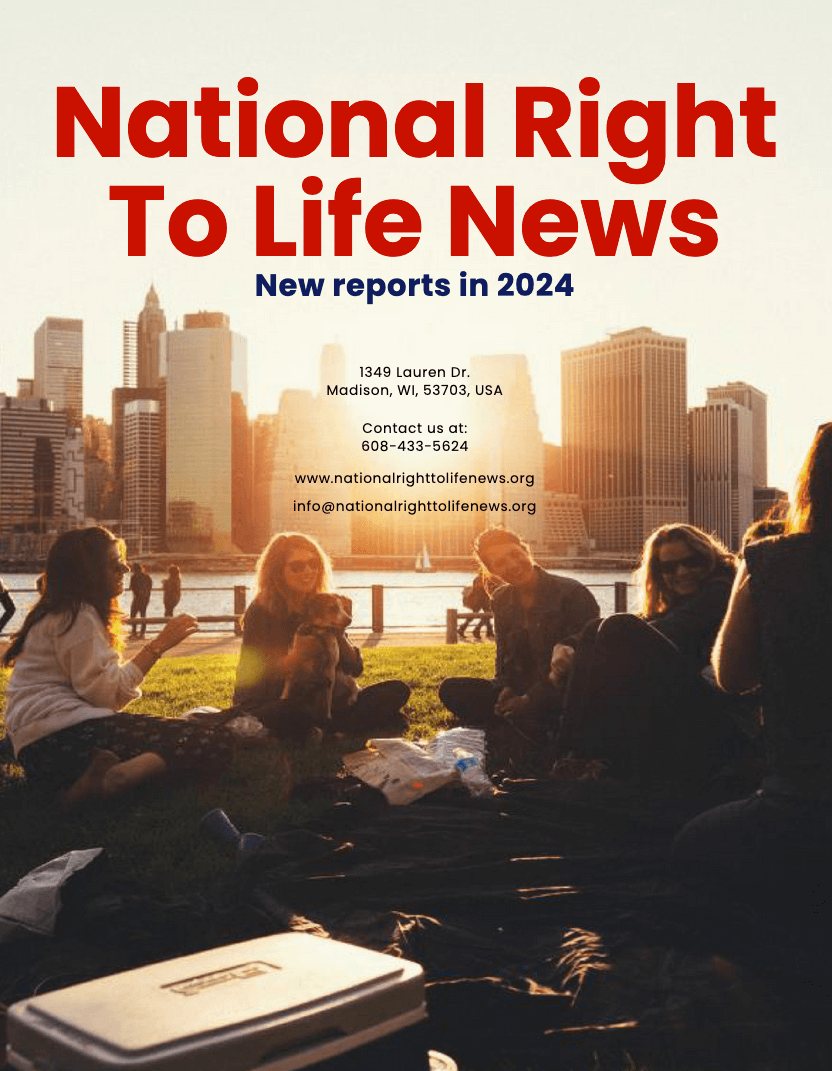Editor’s note. We are now almost exactly one month away from the 44th anniversary of the abominable Roe v. Wade decision and its equally hideous companion, Doe v. Bolton. We’re largely publishing previously run stores about Roe and Doe in December, although there will be new ones and an occasional hybrid. This appeared in 2014. We’ll post new stories beginning with the new year.
When the calendar flips over to December, even more than usual, we come to think about the anniversary of an earth-shattering event that will be only seven weeks away: January 22, 1973.
Last year attention focused a great deal around the obvious—that it had been 40 years since seven Supreme Court justices turned abortion jurisprudence upside down in what dissenting Justice Byron White called this “act of raw judicial power.”
If you don’t mind, I’d like to begin with a 4-minute long, grainy kinescope of “CBS Evening News” from January 22, 1973. (You can watch it here.)
The video begins with anchor Walter Cronkite looking up for the cue when he will be on camera as we hear the roll call of the names of all the correspondents who would be reporting from around the world. (Pretty impressive list, by the way, not only of journalists but also of the breadth of coverage.)
Cronkite announced that an unnamed “landmark decision” that day had “legalized abortions,” a moment later adding, “during the first three months.” Correspondent George Herman took it from there to explain the details.
In light of the ancient technology (and the over four decades that have passed), I couldn’t help thinking of Cronkite’s “You are There” series which used real network correspondents to tell historical stories as if those stories were being televised live. Only this, of course, was not a re-enactment from the past, but living history.
Needless to say Herman, like Cronkite and all correspondents, only partially described the decision[s] accurately. Herman alluded to a second case but did not clarify that it was Roe’s companion case—Doe v. Bolton—that fleshed out the expansionary impact of what Roe meant.
Three things stood out in Herman’s report, besides the initial error of reporting Roe as if it limited abortion to the first trimester.
One was a reference that later in pregnancy “the states may take legal action to protect the unborn child”! “Child”?
Second, the decision[s] “thus sets limits on the right to abortion on demand,” which, in fact, they did not.
Third, and this is key to understanding where Justice Harry Blackmun, the author of Roe and Doe, was in 1973 (he became much more of an ardent feminist in later years), Herman reported, “In effect the court made abortions subject only to the decision of the pregnant woman’s doctor.” Not the woman, but “the pregnant woman’s doctor.”
Two guests were briefly interviewed. The first was Alan Guttmacher, “president of the Planned Parenthood Federation of America and a leader in the International Planned Parenthood Federation in the 1960s and early 1970s,” according to the Guttmacher Institute (GI), formerly known as the Alan Guttmacher Institute. GI was spun off from PPFA in 1968 and has ever since earned the misbegotten reputation as a non-partisan source of abortion-related information.
Guttmacher told CBS Evening News, “I think to raise the dignity of a woman and give her freedom of choice in this area is an extraordinary event.” January 22, 1973, he accurately predicted, would be seen as a “historic day.”
Father James McHugh gave the pro-life response. At the time McHugh was executive director of the U.S. Bishops’ Office for Pro-Life Activities. McHugh (who later became Bishop McHugh) spoke of the decision having withdrawn “human rights” from the unborn.
“The judgment of the court will do a great deal to tear down the respect previously accorded human life in our culture,” he accurately predicted.
In case you think our Movement has not made a difference, consider this. Near the end Herman remarks, “New York State, among others, already has liberalized abortion. Now the rest of the country must follow suit.”
He concludes by remarking matter-of-factly, “If the experience of New York State is any guide, America will eventually have one abortion for every two births.”
Just yesterday we reported on the continued decline in the number of abortions, the abortion rate, and the abortion ratio. Tremendously encouraging news.
And why this has come to pass—and not a fulfillment of Herman’s prophecy? For one reason and one reason only: you.
Daniel Miller is responsible for nearly all of National Right to Life News' political writing.
With the election of Donald Trump to the U.S. presidency, Daniel Miller developed a deep obsession with U.S. politics that has never let go of the political scientist. Whether it's the election of Joe Biden, the midterm elections in Congress, the abortion rights debate in the Supreme Court or the mudslinging in the primaries - Daniel Miller is happy to stay up late for you.
Daniel was born and raised in New York. After living in China, working for a news agency and another stint at a major news network, he now lives in Arizona with his two daughters.

